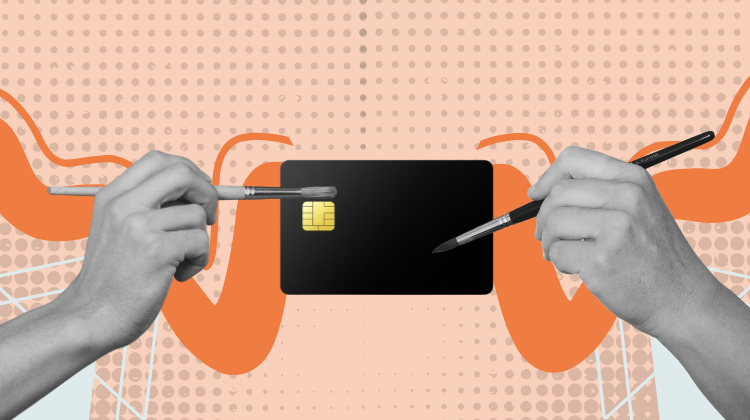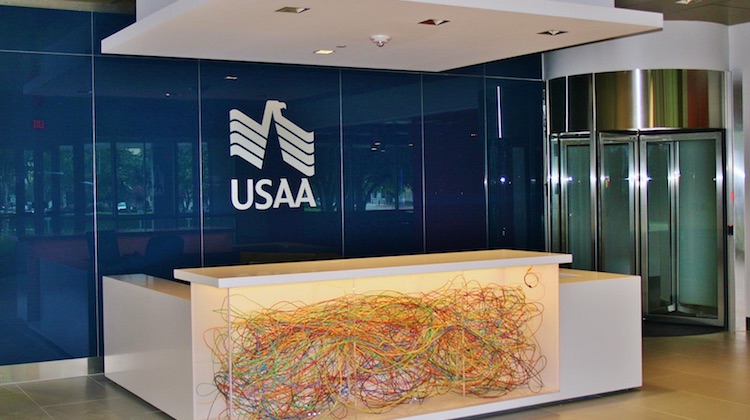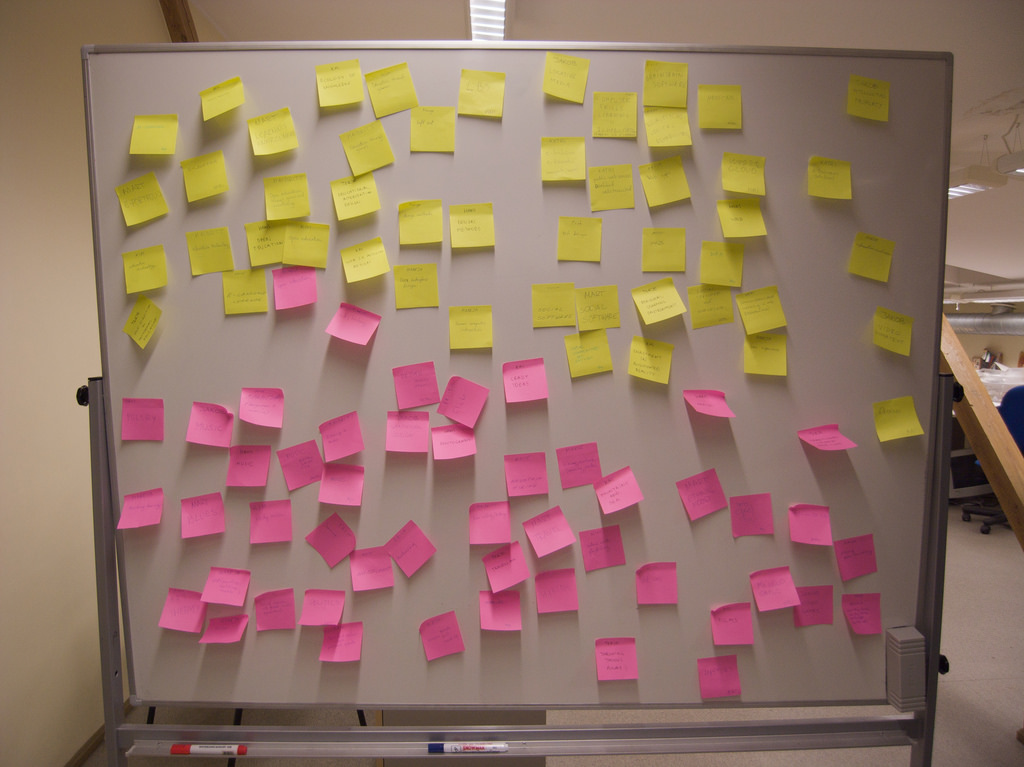Notes from the desk: Welcome to this month’s Quarterly Review, a series where I dive into what executives from some of the best brands in financial services are focusing on in this quarter, as well as how they are planning to achieve their goals. It’s a chance for the industry to learn about what goes on behind an FI’s four walls and how leadership manages their priorities.
But that’s not all: a review implies no mandates, a check in. So stay tuned next quarter to learn whether the executive achieves his plans and translates theory into reality.

In this edition, we will focus on Tom Bianco, General Manager at Newline by Fifth Third.
Bianco runs Newline by Fifth Third, and has previous experience at J.P. Morgan Chase as Executive Director and Vice President of Payments Strategy. In the following quarters, Bianco’s plans span product development, improvement of client relationships, as well as creating a stronger image and recognition for the Newline by Fifth Third brand.
The focus: Products, client experiences, and brand awareness
Bianco: Our focus for the coming quarters is going to center around three main pillars:
- Build brand awareness and recognition for Newline in the broader fintech ecosystem.
- Continue delivering new and innovative solutions for our clients to build their end user value propositions.
- Drive richer program manager experiences to unlock operating efficiencies.
1. Build new products and services for our clients:
We will see a lot of value propositions around account to account payments, leveraging what’s going on in Open Banking in the United States. We have an Open Banking groundswell of activity, plus real time payments like FedNow, which is a software-based payment method – those two things come together, and we see a total open market and opportunity for us to help our customers and our clients build their value propositions and take advantage of those two changes in the payments ecosystem in the US.
With real time payments and FedNow, we have two payment networks that are built for real time and have started to look more like card networks, as opposed to ACH. We have payment methodologies and technologies that can keep pace with the real time world, which is not historically how the banking and payment sector outside of the card networks have operated in the US. So we think those two things are going to create a massive opportunity in the US.
- Drive richer program manager experiences
Often we get stuck in calling and emailing. But if you are building digital first payment experiences, you need a digital first relationship experience on the banking side for our program managers or our clients so they can leverage the power of software and the power of integration to support their business.
We need to even out the relationship experience with the digital experience so that our clients and our solutions.
- Build better brand awareness and recognition
We need to just make sure everybody understands that Newline is a Fifth Third brand. We have Newline by Fifth Third because we have a separate client set that we’re going after. So we need to make sure that there’s brand uniqueness, but we can’t lose the identity of the strength, stability, and the power of one of the largest banks in the United States.
First, we need to make sure everybody understands Newline is a part of Fifth Third. Secondly, we need to make sure people understand that even though we are a part of Fifth Third, we can move at the pace that they expect a fintech to move at. That’s been one of the proudest moments we’ve had at Newline.
If you look at our clientele, we’re able to keep pace with them on product delivery, product development, and innovation. That’s one of those messages we want to get out to the market.
Plan of action
- Strategy for product innovation and delivery
The way we’ve built and deployed the Newline solutions is that we like to have a single API endpoint for all payments, information, and accounts. Hence, we’ll continue to add functionality to those endpoints, and it’ll be one integration, and then you’ll have all the payment capabilities that exist through the Newline platform.
Our goal is to make sure that everything that is necessary is available on the Newline platform, and then build the easiest implementation and integration experience for our clients. We try to remove a lot of complexity, so you don’t have to be an expert level software engineer to figure out how to get the integration done.
- Blueprint for improving program management and client experience
We need to have the right tools and technologies to allow the relationship and the partnerships team to really figure out what is that next thing that we’re doing together with our clients. Allow the technology and the automation to exist, and the day-to-day operational experiences to be as streamlined and as efficient as the end user value proposition that we’re helping build with our clients. We are looking to empower the people to do the creative, strategic work, and letting the software handle some of the day-to-day.
To help with this, we do a lot of voice of customer exercises, to understand where some of those improvements can be delivered in the life cycle. We spend a lot of time meeting with our clients to understand the things that they’re trying to do and what information they need to get it done. We also ask how we can give them the information in the way they need and where can we automate certain process steps? So we spend a lot of time with our clients, just understanding what their expectations are, and then how we can drive a better experience on either side of the coin.
- Plans for creating more awareness and recognition for Newline by Fifth Third
We will bring more of our software engineering leadership into industry events with us. One of the things that makes Newline unique is that we have our own dedicated revenue organization, run by Dan Dall’Asta who leads the distribution channel for us, which includes traditional bank relationship managers. We have our own product organization led by John Piazza. Christopher Tino runs our software engineering organization.
So within Newline, we have a dedicated group of professionals, and this is all we do all day long. We’re not bringing in a lead and then handing it off to a different product team or a different technology team. It’s all self-contained within Newline, the client targeting, relationship, onboarding, product development, servicing, support and implementation.

























